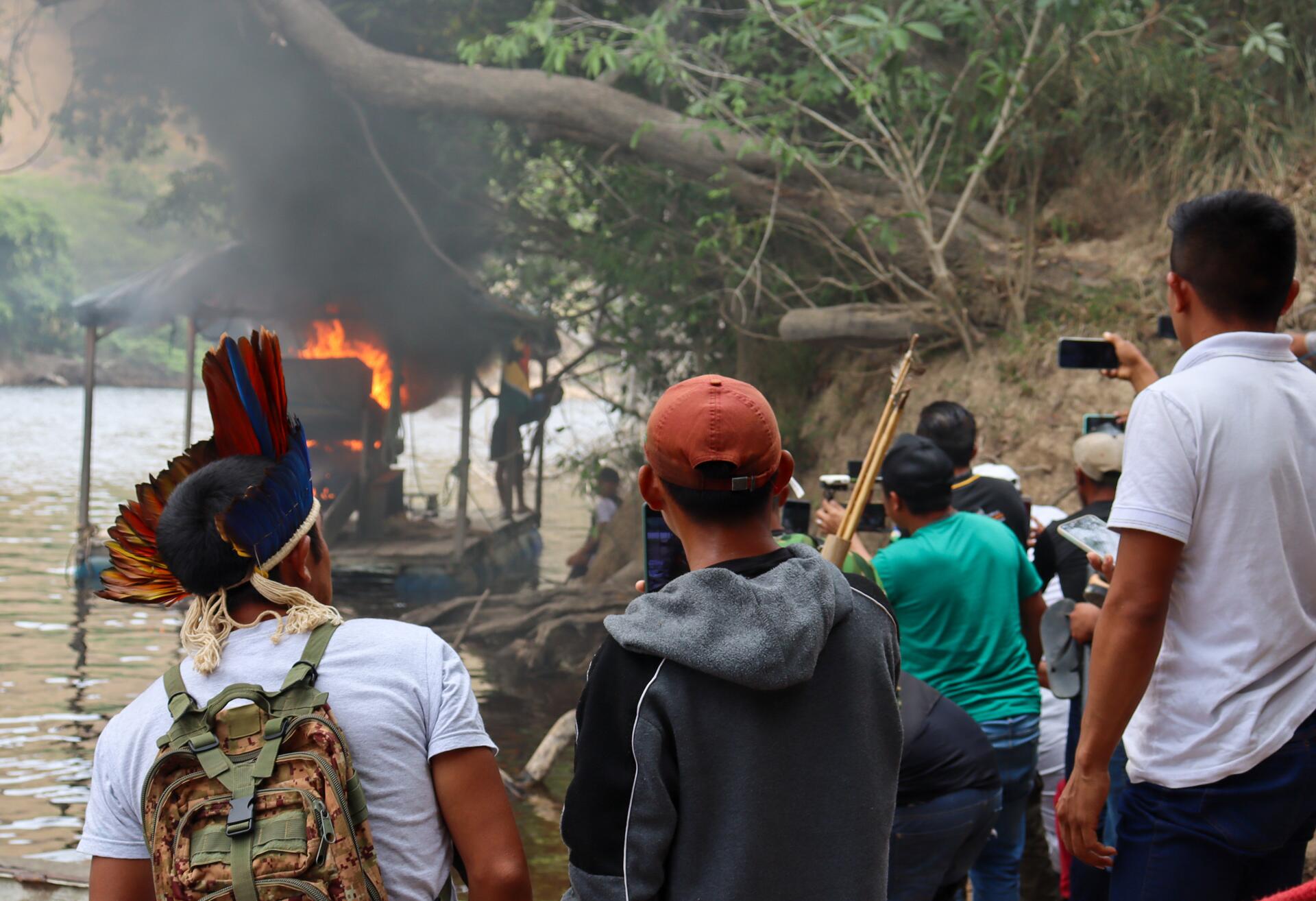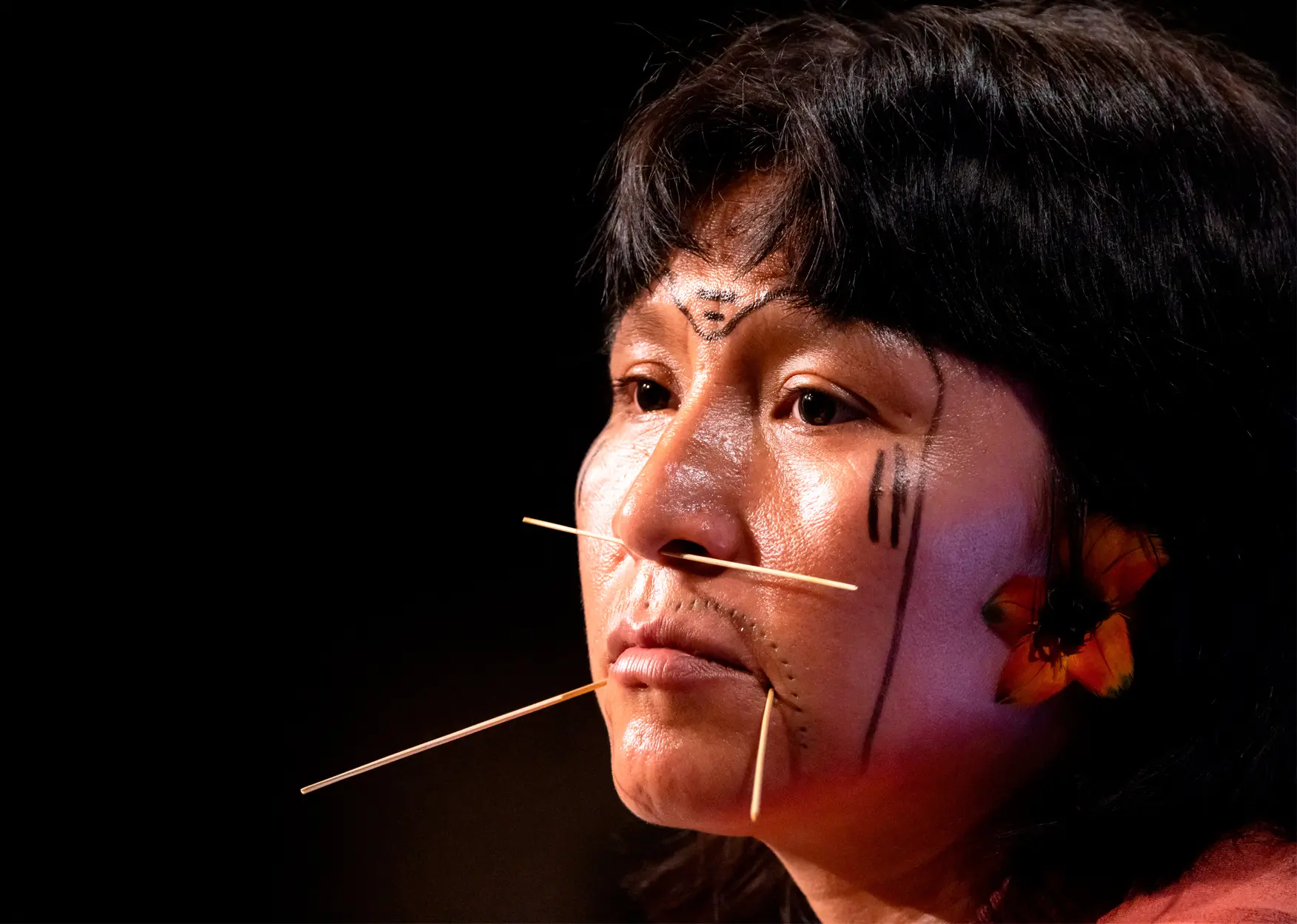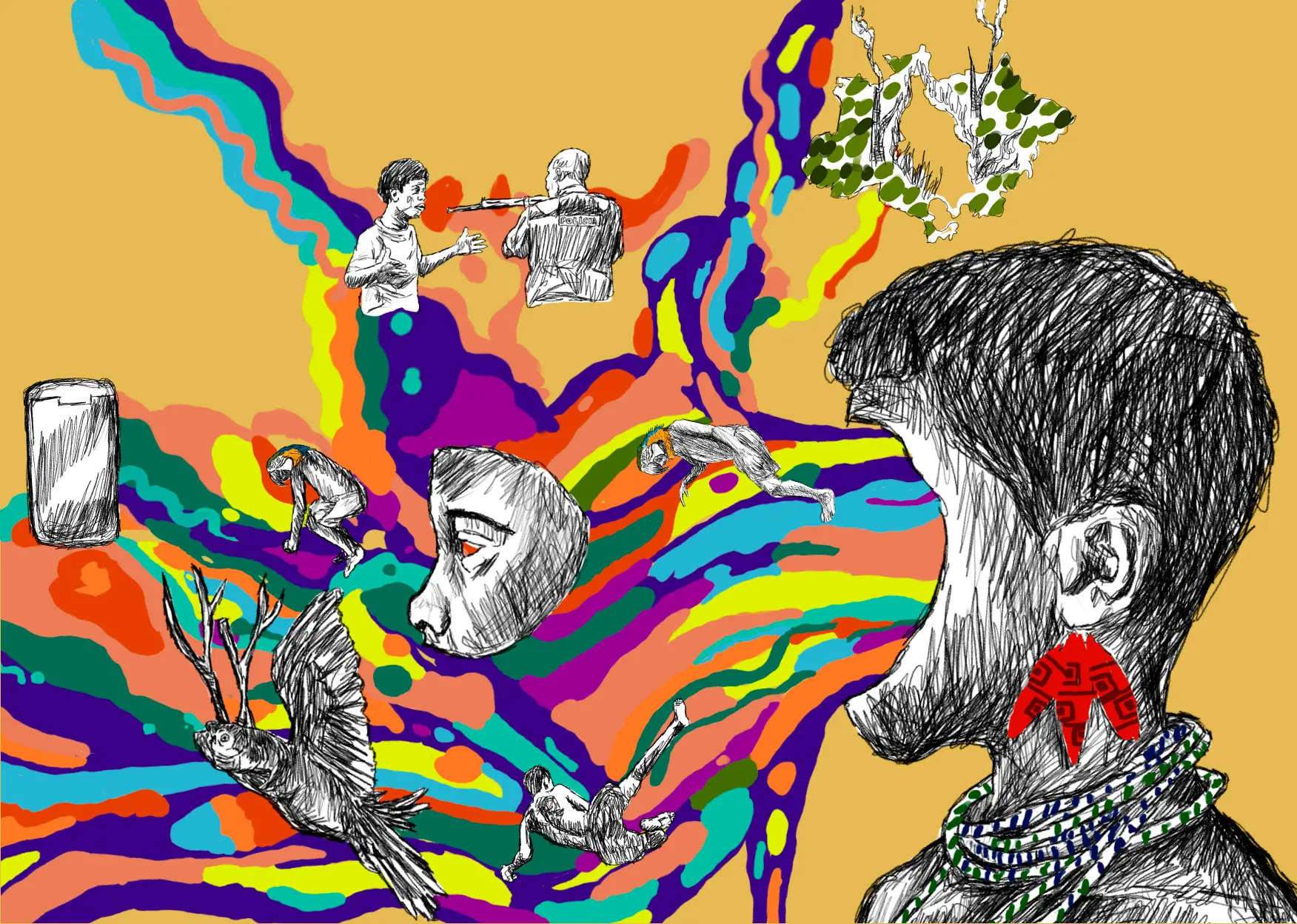THREATENED TERRITORIES
- Amazon ground shifting from Catholics to evangelicals
Historically Catholic towns such as São Miguel, on the banks of the Purus River in the state of Amazonas, are becoming evangelical. The Catholic Church is having a hard time to maintain its presence. (The Washington Post) - Government to resume ‘Ferrogrão’ railway project
The national transport agency, responsible for the soy railroad that will cross the Amazon, has indicated it will go ahead with the project desired by the agribusiness sector. (Repórter Brasil) - Raposa Serra do Sol reserve affected by mining in Guyana
The opening up of mining in Guyana threatens the Indigenous border territory. Prospectors from the neighboring country cross the river at night in order to explore protected areas in Brazil. (InfoAmazonia)

Gold miners who operate without any legal restrictions in Guyana threaten the Raposa Serra do Sol Indigenous Land, which lies on the border in the state of Roraima. Photo: Nailson Wapichana/InfoAmazonia
DESTRUCTION OF THE FOREST
- Land conflicts and forest fires plague the capital of Rondônia
Since 2012, the city of Porto Velho has topped the ranking of violence caused by land disputes.The advance of agribusiness in the region is making the picture worse. (Agência Pública) - Deforested areas have lower productivity
Destruction of the Amazon forest between 1999 and 2019 has resulted in a 76-day delay in the start of the rainy season.The devastation has caused a 12% drop in the region’s grain productivity, according to a study. (Observatório do Clima) - Avoiding the Amazon’s ‘point of no return’
Following new studies suggesting a calamitous tipping point by 2050, scientists have analyzed stress factors and listed countermeasures. (Nexo Jornal)
PRESERVATION
- Rio Negro expedition for rare electric fish
Scientists are looking for a species that has not been seen since it was collected in 1968. The fish can reach a length of 2.5 meters and emit an electrical discharge of 860 volts. (Agência Fapesp) - Archaeological sites help in the fight for Indigenous lands
Hidden structures in the Amazon region may help with the demarcation of territories, according to researchers. It is estimated the region still has more than 10,000 traces of occupation. (Mongabay) - Access to snake antivenom brings social benefits
A study shows that having antivenoms available in hospitals and community centers in the state of Amazonas is a worthwhile investment. The state has one of the highest snakebite rates in the world, but lacks access to the serum. (Amazônia Latitude)
Proofreader (Portuguese): Valquíria Della Pozza
Spanish translation: Julieta Sueldo Boedo
English translation: Mark Murray
Photo Editor: Lela Beltrão
Layout and finishing: Érica Saboya
Editors: Malu Delgado (news and content), Viviane Zandonadi (editorial workflow and copy editing), and Talita Bedinelli (coordination)
Director: Eliane Brum




